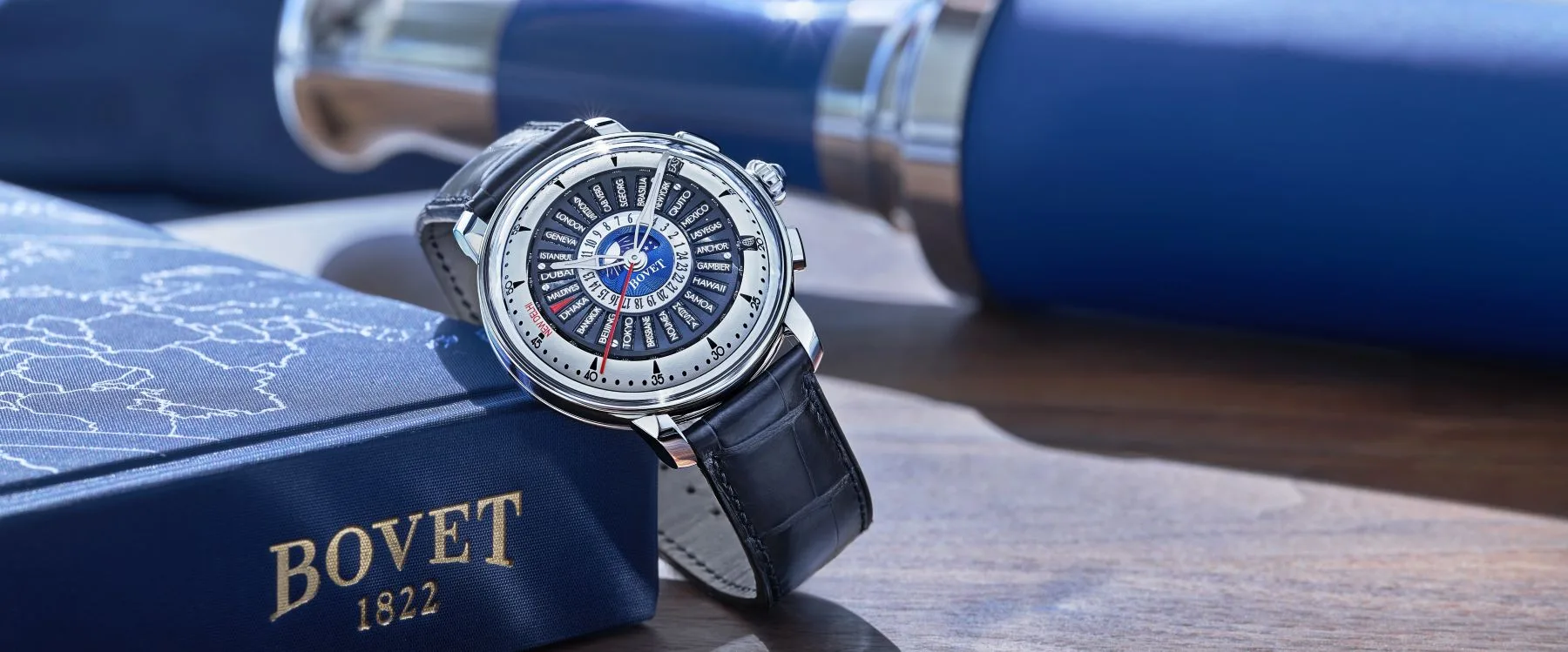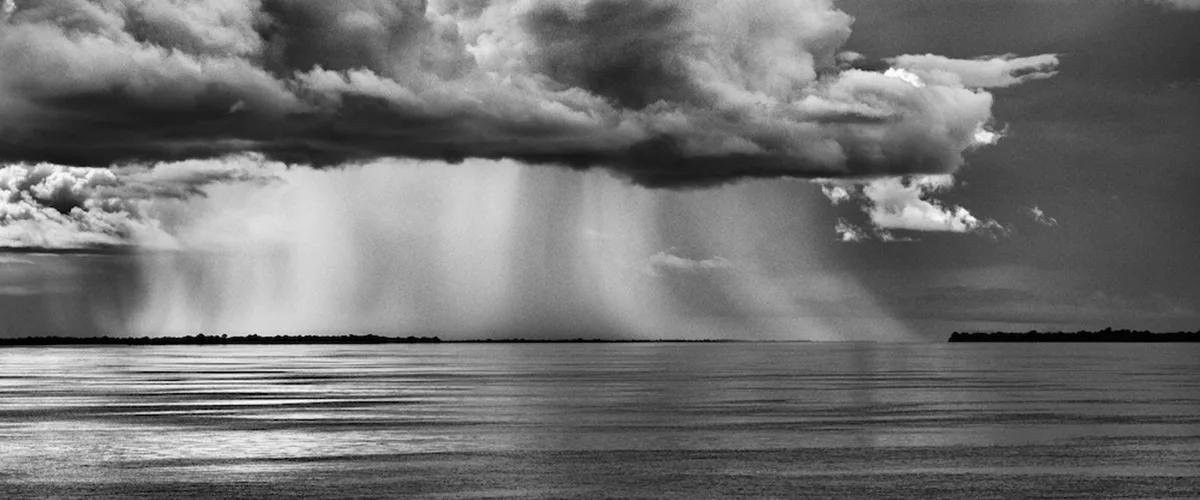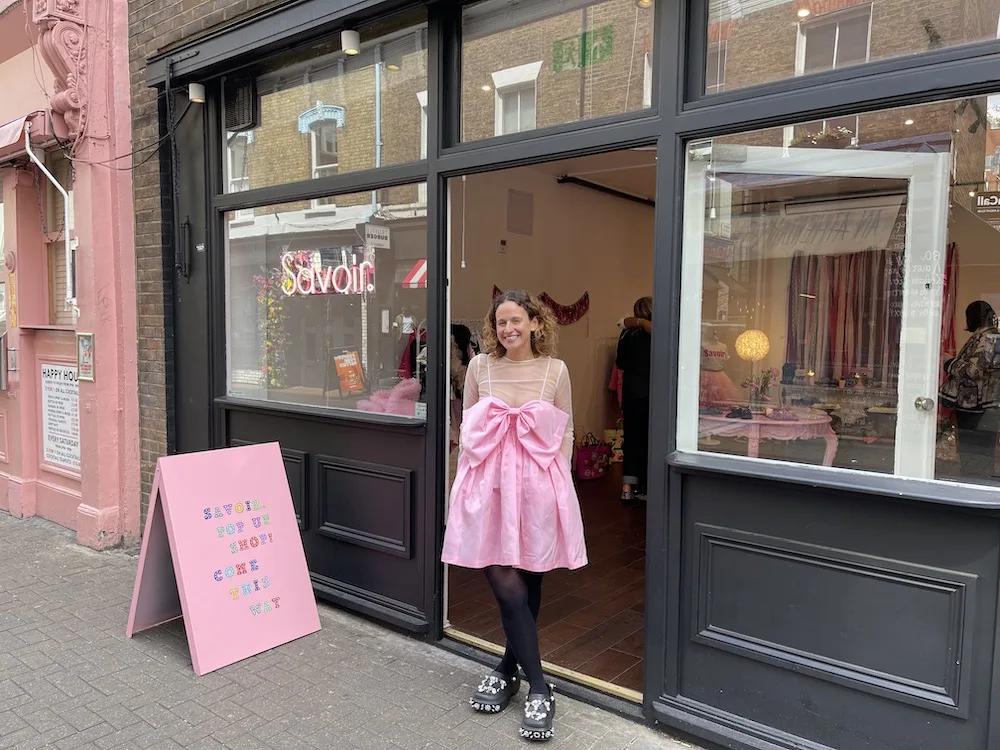Studying the Marine Life of Chilean Patagonia
Dr. Vreni Häussermann is a marine zoologist who has spent the last 20 years of her life studying the biodiversity of the Chilean Patagonia aiming at its sustainable use and conservation. Since 2003, she is the Scientific Director of the Huinay Scientific Field Station in Patagonia. Part of Dr. Häussermann’s vast amount of work is to advise both NGOs and the Chilean government on matters of conservation and marine resource management.
I-M: The Chilean Patagonia is a region of outstanding beauty and biodiversity. I understand that despite being sparely populated, this phenomenal ecosystem is at risk. What are the main factors threatening it?
V.H: In comparison to other parts of the world, the list of threats is still comparably short, because most regions of Patagonia are sparsely populated. But since the ecosystems are poorly known and very few people see what is going on in Chilean Patagonia the magnitude of the individual threats can be dramatic. The three most important factors are probably salmonid farming, fisheries and climate change. But the biggest threat I see is the concurrence and synergism of the individual threats.
Climate change causes a background stress to which salmon farming impacts including eutrophication, vast amounts of applied pesticides and antibiotics and the secondary effects of this industry are added. Of 25 Chilean fisheries, 15 are overexploited or collapsed.
I.M: You work closely with the Government advising them on conservation and marine resource management. How committed are they to the preservation of the Chilean Patagonia? Do you receive the support you need?
V.H: Although discussions on environmental issues are growing in the Chilean society, this movement is still in the beginning and the environment did not take much space in the campaign agenda of most political parties in the last elections. Another problem is that the authority for conservation is still distributed over a number of governmental agencies with different agendas. There have been efforts to concentrate the responsibility with the creation of the Ministry of Environment 7 years ago, but the consolidation of responsibilities is still in process and the influence of the Environmental Ministry remains restricted in comparison to other agencies that are associated to other institutions, such as the Ministry of Economy. The latter one is committed to fostering economic growth and consequently is reluctant to take steps that are potentially harmful to economic activities, unless there is solid proof for an ecological problem and its causes. This is where science gets an important role.
Inventories, baseline studies and environmental monitoring on the other hand, are no topics that are easily funded through governmental grants. Governmental science funds are rather dedicated to hypotheses-driven or applicable research.
It is here that private initiatives like the Huinay Foundation fill an important gap. Nevertheless, we see good will on many governmental levels and the recent establishment of large MPAs around the oceanic islands and at Cape Horn are encouraging signs. We hope these breakthroughs and the attention they achieved creates a momentum that will lead to tackle the really challenging task of creating MPAs in critical portions of the northern Patagonian Zone.

I-M: You have taken part in international initiatives such as the Census of Marine Life, the Discover Life programme, Mission Blue and Google Ocean. Do you receive support from international organisations to continue your work?
V.H: Since awareness, both of the unique diversity of marine Chilean Patagonia and its threats, is a big problem, these initiatives were and are of great help to draw attention to the Patagonian sea. Financial support on the other hand is difficult, and generally restricted to punctual initiatives or projects. Without financial support from the Census of Marine Life for example, our field guide would not have been possible, but what we also need are long term data assessments and larger scale projects that are difficult to finance through these initiatives.
I-M: In 2016 you received a Rolex Awards for Enterprise. I believed you used the money to fund a remote-operated diving vehicle to explore and document the depths of the fjord region to help convince the government to declare it a marine-protected area. Did you succeed?
V.H: The ROV was already at the station, financed by the Huinay Foundation. The Rolex Award allowed me to make some upgrades and to finance the expeditions to remote, interesting but challenging areas, where I would have not been able to go otherwise. These expeditions are still in process; the next one will start in three weeks. Besides the scientific results, we also want to get visual material from these expeditions to help connect the Chileans with their sea and thus raise the wish to protect it. The first short documentary we made with the help of the Rolex Award was a great success and encourages us to continue this path. In the end, it is the combination of data and public support that makes politicians take the necessary steps. Creating MPAs most of the time is a protracted and arduous process, not only in Chile. It may take years before the fruits of our efforts may be seen.
I.M: In what other ways has the Rolex Award helped your work?
V.H: The Rolex Award was the most important award of my career and created a breakthrough in my efforts to draw attention to the problems of the Patagonian sea. Due to its rigorous selection system, the Rolex Award is like a certificate of quality. This opens doors and increases enormously the visibility of what we do. I guess I caught your attention also through the Rolex Award.

I.M: Yes, you did indeed. What about the people of Chile? Do they care enough about their environment? Are there any programmes to increase awareness and engagement with the general public?
V.H: After the dictatorship was overcome in Chile, coming to terms with the past and social issues dominated the public discussion. With the economic boom that is driving Chile since then, people concentrated on their personal economic progress. The limits and side effects of this growth are just very recently realized. It is mainly the new generation that is starting to question the ecological sacrifices this economic growth demands. But this movement is still very young and fragile and often connected to ecological disasters that also have socio-economic impacts, like the shellfish mortality in 2017.
I.M: You started your work in Chile studying anemones, then coral, then invertebrates… and by now you have even studied whales, with special attention to the Golfo de Penas, a hotspot for whales that has seen a lot of deaths of these magnificent mammals in the last couple of years. Have you found out why?
V.H: When I see an ecological or envi- ronmental topic that requires scientific attention I cannot look away. Since many of the subjects I have been working on are out of my field of expertise I cannot do it on my own. For those topics I cooperate with specialists. I am good at coordinating and bringing scientists together. The whale mortality in the Golfo de Penas is a good example. Here our team of marine mammal specialists, oceanographers, modellers, red tide specialists and ecologists found out that extremely strong red tide events killed the whales. Since such events will increase in frequency and magnitude due to climate change, we fear that whale mortality events will not remain exceptions in Chilean Patagonia.
I-M: The loss of life in the region hasn’t only affected whales in the region but also corals. I believe you visited a particular site which was booming with life and two years later it was a graveyard. What can be done to stop this happening again?
V.H: The reasons for the whale mortaliy (red tide, connected to El Niño), are different to the reasons behind the coral mortality in Comau fjord (hypoxia, in some areas combined with cold vents), and the coral mortality in Madre de Dios (here the cause was probably brown tides). The other mortalities happening in 2016 (salmon, jellyfish, sardines, mussels,..) had to do with hypoxia, which is common in El Niño summers. The processes behind the mortalities are sometimes complex and take long to reveal; thus it may be difficult or impossible to influence these mechanisms. Therefore we advocate for a network of Marine Protected Areas that creates refuges with reduced numbers of stressors and that can back up diversity losses through human impacts or natural disasters. In addition, highly protected areas are important reference areas that allow us scientists to distinguish between man made changes, natural cycles and long term trends.
I-M: The Patagonia sounds very remote, but what we do in one corner of the planet, sooner or later affects all of it. What measures do you think could be taken in Britain to help support the preservation of remote sanctuaries of wildlife such as Patagonia?
V.H: There is bad and there is better Chilean salmon. If you want to buy Chilean salmon, first inform yourself about the ecological footprint each brand does have. There are several NGOs and websites that help with this. Tourism is underdeveloped in Chilean Patagonia and concentrated to some areas. But tourisms at this point of development is a great way of generating income for the local population, without unsustainably exploiting natural resources. The tourist that comes for the healthy nature and is willing to pay for that privilege is the best advocate for nature conservation. But do not forget to offset you CO2 footprint of your flight by donating to an organisation that offers CO2 compensation.

I-M: You have worked with your husband from the very beginning and live in relative isolation at the Huinay Station with your two children. How important do you think it has been to have your family with you while developing your career? Do your kids want to follow on their parents’ steps?
V.H: You don’t find many part-time scientists, consequently women are still underrepresented in science because at one point in life they are generally forced to choose between family or career. With my husband also being a biologist, and us working and living in southern Chile, we were given the chance to combine family and work. I feel very lucky and grateful for that. In this situation, our kids -aged 8 and 10-, are very close to what we do and sometimes accompany us on expeditions or congresses. We do home-schooling, and they grow up as what would be called “outdoor kids”. This,
of course, shapes them and fosters their scientific curiosity, but at this age career aspirations change rapidly, and I believe it is too early to say what they might end up doing.

















2 responses